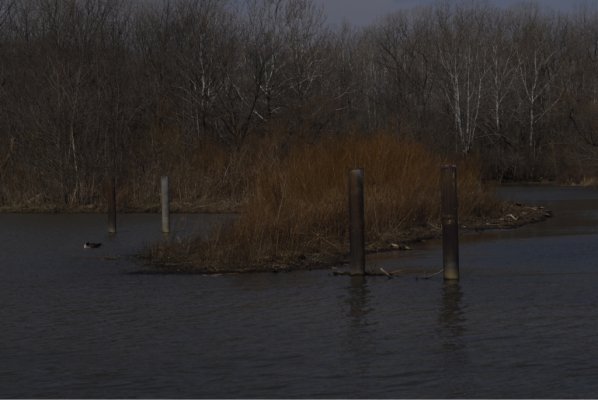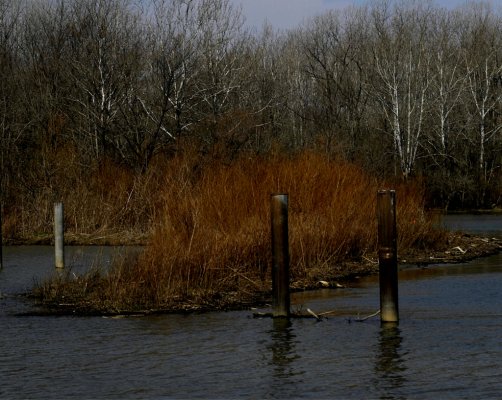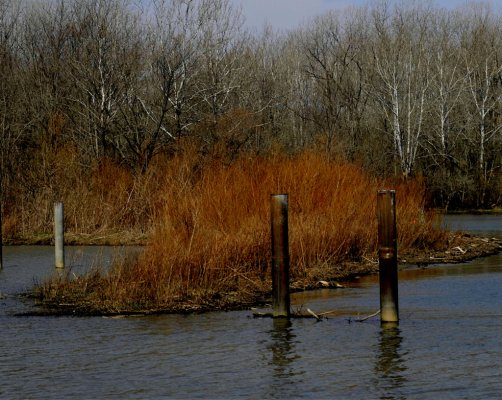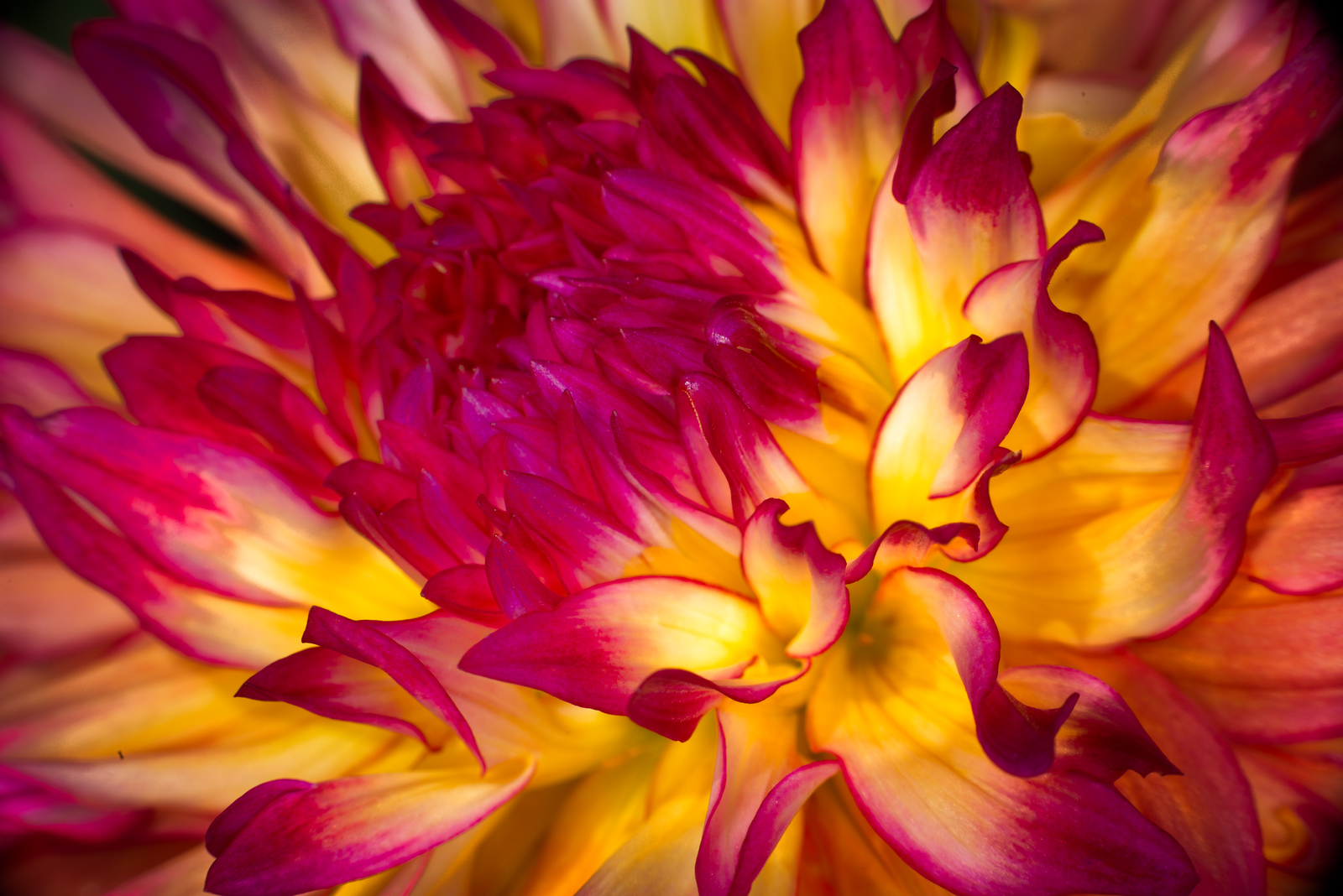seraphim
Thinks s/he gets paid by the post
- Joined
- Mar 6, 2012
- Messages
- 1,555
The Photographers' Corner
Generally, I expose for highlights to make sure I have detail there; then work developing the shadow details in post production. Other option is to open up the dark areas with a very mild flash - a kiss of light. Flash needs to be positioned so any shadows fall the same direction as natural shadows. Sometimes we just have to accept compromise. I prefer to accept more dark areas to achieve well detailed light areas.
So I have a situation where, in the same frame, I have very bright light and very dark objects (say I am in the woods. It's very dark under the tree canopy, but bright sun light punches through here and there) . What can I do to make the shot more evenly lit? I tried HDR but I am not happy with the results. It looks too surreal but maybe I did it wrong. I took seven shots at one stop intervals from -3 to +3 and combined them with Photomatix. I also played with highlights and shadow brushes in Aperture, the result is more realistic but it is very time consuming. Anything else I can try?
Generally, I expose for highlights to make sure I have detail there; then work developing the shadow details in post production. Other option is to open up the dark areas with a very mild flash - a kiss of light. Flash needs to be positioned so any shadows fall the same direction as natural shadows. Sometimes we just have to accept compromise. I prefer to accept more dark areas to achieve well detailed light areas.









